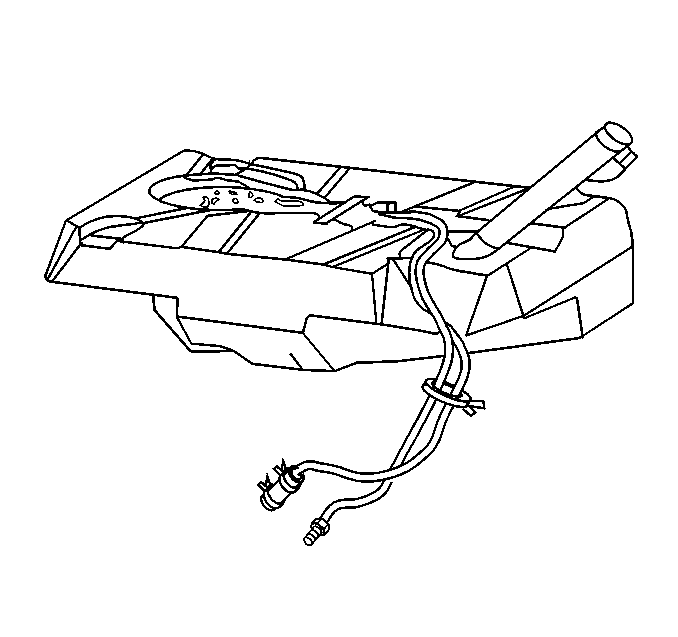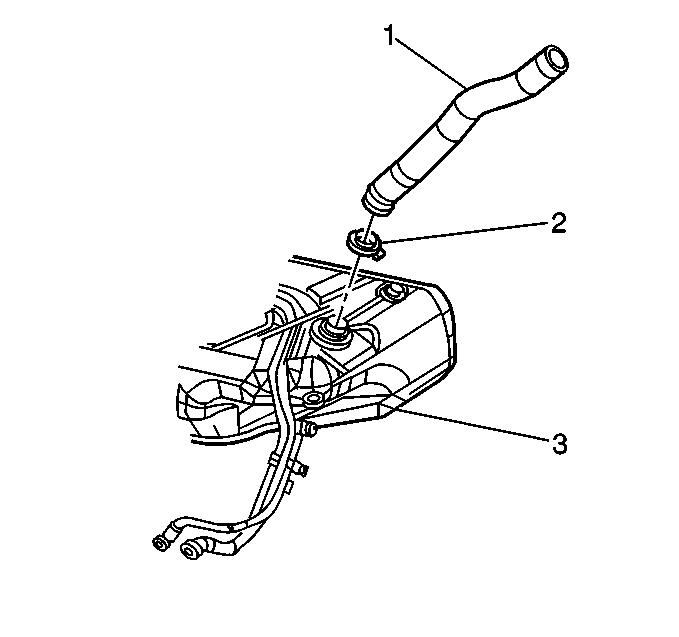The function of the fuel sender strainer is filter
contaminants and to wick fuel.
The life of the fuel sender strainer is generally considered to be that
of the fuel sender. The fuel sender strainer is self-cleaning and normally
requires no maintenance. Fuel stoppage at this point indicates that the
fuel tank contains an abnormal amount of sediment or water, in which case
the tank should be thoroughly cleaned. Refer to
Fuel System Cleaning
. If the fuel sender strainer
is plugged, replace it with a new one.
The fuel level sender
is a ceramic card assembly that consists of the float, the wire float arm,
and the rheostat. The fuel level is sensed by the position of the float
and float arm, which operates the rheostat.
The rheostat is mounted on the fuel sender and located in series with
the voltage supply circuit from the fuel gauge. As the position of the float
varies with fuel level, the rheostat produces a variable resistance between
the fuel gauge. The fuel gauge converts this variable resistance into
the fuel level reading display on the instrument panel.
An isolated circuit is used in this application. The isolated ground
circuit uses a dedicated ground wire from the rheostat to the fuel sender
connector. The isolated ground circuit is used to prevent erratic fuel level
readings caused by a difference in voltage potential among vehicle ground
points. An isolated ground terminal is connected electrically to one end
of the ceramic card.


